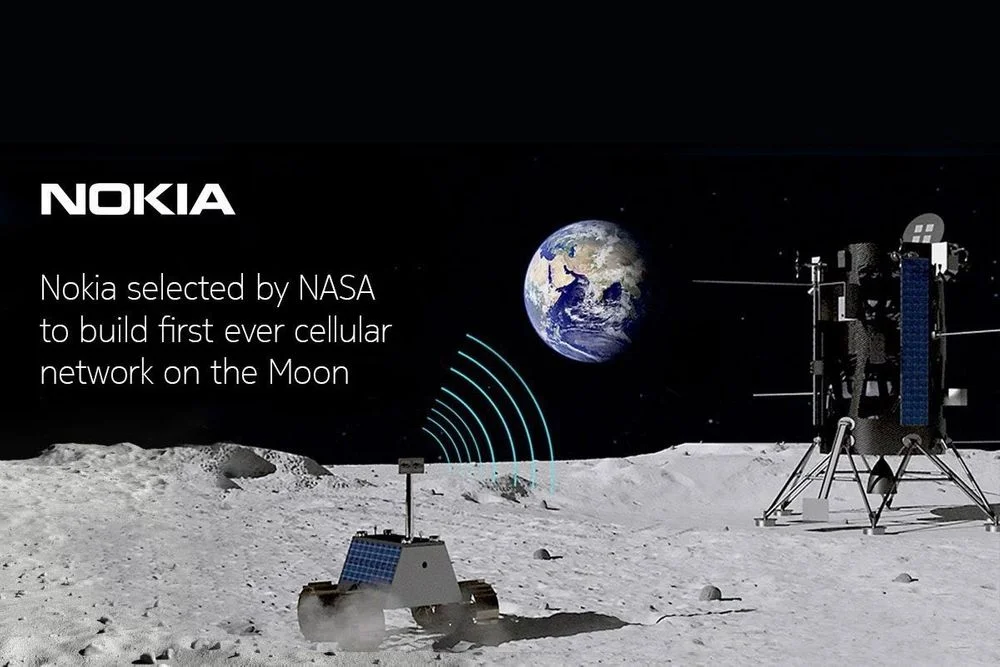A manned mission a few years later NASA Artemis 3 The first astronauts on the lunar surface will have access to a technology their Apollo predecessors didn’t have: 4G cellular communications. Astronauts on the Artemis 3 mission will wear Axiom Space’s AxEMU spacesuits, which are equipped with 4G communications similar to those used on most mobile networks on Earth today.
Spacesuits will be able to connect to the 4G network being developed Nokia’sand use it to transmit high-definition video and other data. On Earth, a mobile network consists of a network of base stations equipped with a radio array. However, since it is not possible to install a mobile tower on the moon, Nokia developed a design that allows all the base station equipment to be placed on the lunar lander.
“During the Artemis 3 mission, we will be able to communicate with astronauts up to 2 kilometers away from the lander,” said Thierry Klein, Head of Solutions Research at Nokia Bell Labs.
The AxEMU spacesuits will be able to connect to the base station and transmit large amounts of scientific data back to Earth. Although they will not have a touchscreen or smartphone interface, they will be equipped with important smartphone components integrated into the spacesuit and adapted to the space environment and operational requirements.
Traditionally, manned missions have relied on ultra-high frequency (UHF) radio communications, but 4G offers higher bandwidth and faster speeds. That’s why Nokia has been developing technology for space programs for several years, helped by a $14.1 million grant from NASA in 2020.
The planned lunar 4G network, called the Lunar Surface Communications System (LSCS), will enter its first test later this year when Intuitive Machines’ IM-2 robotic mission touches down near the moon’s south pole. The IM-2 lander will carry the base station, and the two IM-2 payloads — the Mobile Autonomous Research Platform (MAPP) rover and the Micro-Nova drone — will be equipped with 4G receivers.
Nokia suggests that 4G communications could also benefit future missions beyond the Artemis 3 astronauts and their followers. Astronaut vehicles like the Lunar Lander could also have 4G connectivity. Smaller devices could also connect to the network; Nokia is launching 4G receivers that could fit into scientific experiments or lunar sensors.
In the future, a manned lunar lander could serve as a central hub, linking a network of smaller devices together and connecting them directly to Earth. And now the goal is to subject the 4G-equipped spacesuit to a series of tests, including in vacuum chambers and an indoor pool at the Johnson Space Center in Houston, over the rest of 2024 and into 2025. The suit and its components will withstand the harsh conditions that would be encountered during missions to the moon.













